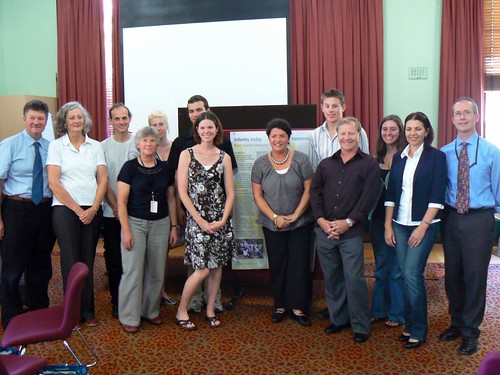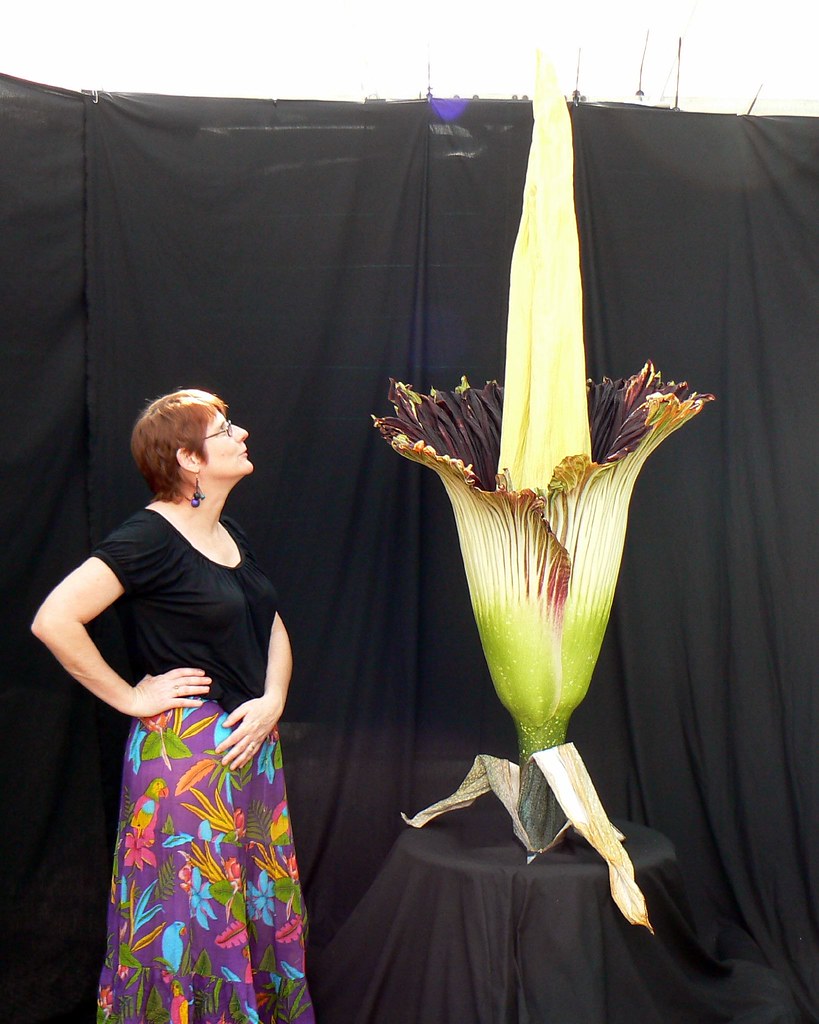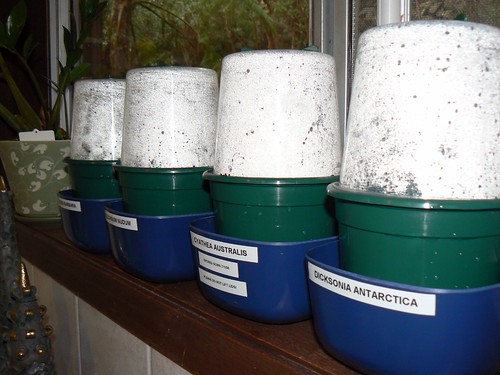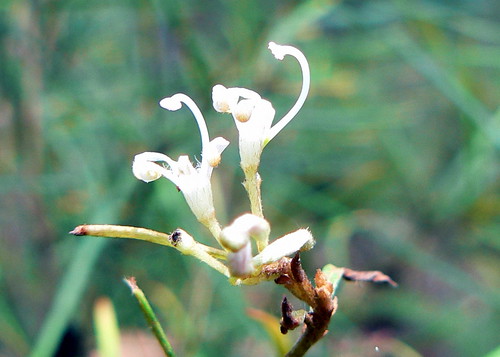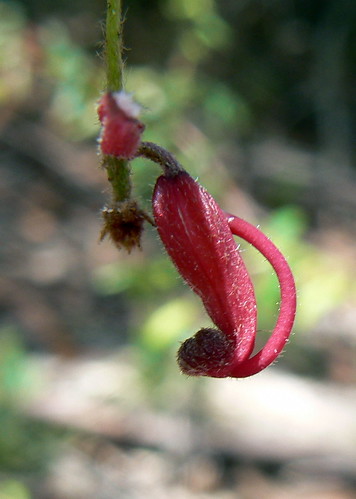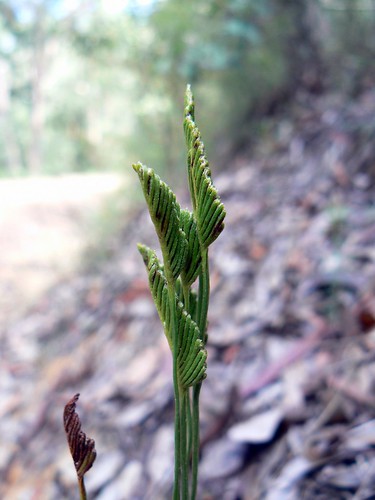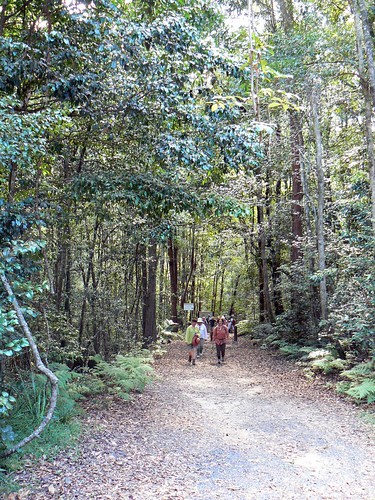This is a question
being asked of gardening bloggers across the world by
Blooming Writer. So I thought I'd join the fray.
I am on the northern outskirts of Sydney, in the botanical district of Australia's NSW Central Coast. It's a temperate climate here, not too hot, not too cold. For certain definitions of hot and cold that is.... I consider below 15C to be too cold, and over 30C to be too hot. As with most of the continent, I live in place of
droughts and flooding rains...
-
- I love a sunburnt country,
- A land of sweeping plains,
- Of ragged mountain ranges,
- Of droughts and flooding rains.
- I love her far horizons,
- I love her jewel-sea,
- Her beauty and her terror
- The wide brown land for me!
Dorothea Mackellar.
My garden might have no rain for months, but then be inundated, as it is being currently, with close to 200 mm over the last few weeks. Sydney doesn't do rain gently. When it rains, it buckets down, often with furious electrical storms. Having trees fall over is commonplace here.
As is, alas, bushfire. When we bought this place a year ago, the beautiful bushland of Ku-ring-gai National Park at our back boundary was blackened. Terrifying, disheartening. But now, it's green again. For this flora is evolved to live with fire. Indeed, without fire, much of it cannot regenerate. It's a tough environment and one that non-Indigenous Australians are only lately coming to adapt to.
So, my garden? Well, it's only recently mine. I am so aware of its longevity. White folk moved here only around 150 years ago. There are trees in the garden that well predate European colonisation. Along the side of the house is an Aboriginal shell midden. That this land was taken from Aborigines quite recently--we are talking, after all, about a culture that has existed for around 60,000 years, longer than any other continuous culture on the planet--that this land that owned them is something that we now "own", is something that constantly resonates with me and informs me as I till the soil.
When we moved in, there were many introduced species, some of which were frankly weedy. But of course, what is weedy to an Australian botanist/ecologist/horticulturist is a lovely and easy to grow plant to your average gardener. The latter is an attitude that is changing, but too slowly. I was deeply affronted that anyone who chose to live in a house adjoining one of Australia's most remarkable national parks could contemplate planting things from the other side of the world, but there you are. I guess they didn't know about the propensity of introduced plants to escape and naturalise. Or, more baffling to comprehend, they didn't care.
And so, finally, to what I'm doing in this place. First and foremost, I'm removing the exotics. I'm not doing this as quickly as I'd like, because if I took out all the Camellias, we'd lose a lot of our privacy. (This just boils my blood. The previous owners apparently removed the rows of lillipillies along the driveway--probably
Acmena smithii--and replaced them with Camellias. Why, I'll never know. The lillipillies were home to
ring-tail possums. The Camillias are home to nothing but invasive Noisy Miners. An example of their intrusion elsewhere in Australia is
here.)
And more bloody agapanthus than you could poke a stick at. They're horrors to remove, and seriously invasive in bushland adjoining suburban regions.
Okay, I'm letting my passion get away with me here. Back on topic...! Removing the weedy plants allows the seedbank in the soil to have a chance. So I'm doing a lot of that. And I'm planting many indigenous species, some of which I'm propagating myself. My goal is, essentially, to reproduce the original bushland, but to mold and sculpt it to my vision of garden beauty. I love semi-formal gardens. Structure, but not to the point of squishing the nature out of nature.
It's a very long term plan. Some of the trees I've planted won't reach maturity till long after I'm gone, but that's part of the joy of gardening.
As Vita Sackville-West wrote, "Gardening is a way of showing that you believe in tomorrow." It doesn't really matter if you won't be there tomorrow. The plants will.

